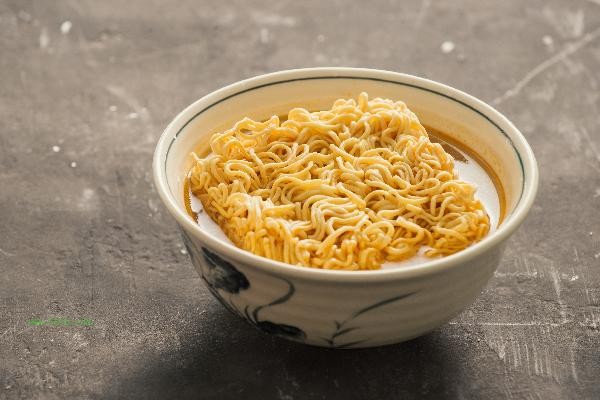The microwave can cook instant noodles, but it is important to control the heating time and amount of water to avoid the noodles becoming too soft or the soup overflowing. Instant noodles usually contain fried dough and seasoning packets, and microwave heating requires adjusting the power and operating in stages. The key to cooking instant noodles in a microwave oven lies in controlling the amount of water and time. Put the dough into a microwave bowl and add boiling water until it is completely submerged. It is more appropriate to raise the water level by about 1 centimeter. After heating at medium to high power for 2 minutes, remove and stir, then continue heating for 30 seconds to 1 minute depending on the softness of the noodles. Seasoning is recommended to be added after heating to avoid damaging flavor compounds at high temperatures. Glass or ceramic containers are more suitable for microwave heating, while plastic bowls may release harmful substances due to high temperatures. In special circumstances, uneven heating or safety hazards may occur. Using metal containers can cause sparks to splash, and a completely sealed bowl opening may cause steam explosions. Some non fried dough cakes have strong water absorption, and excessive water addition can cause a sticky taste. When the power of the microwave oven exceeds 800 watts, it is easy to cause local overheating. It is recommended to adjust it to the medium low gear. Children should be supervised by adults during operation to prevent burns or spillage of soup when taking it out.

When microwave cooking instant noodles, vegetables and eggs can be paired to increase nutrition. Easy to cook ingredients such as lettuce and tomatoes can be added in the last minute. The eggs need to be beaten and then poured into the soup. Clean the inner wall of the microwave oven in a timely manner after use to avoid residual oil and odor. Long term consumption of instant noodles alone may lead to excessive sodium intake. It is recommended to pair with fresh ingredients and control the frequency of consumption.










Comments (0)
Leave a Comment
No comments yet
Be the first to share your thoughts!